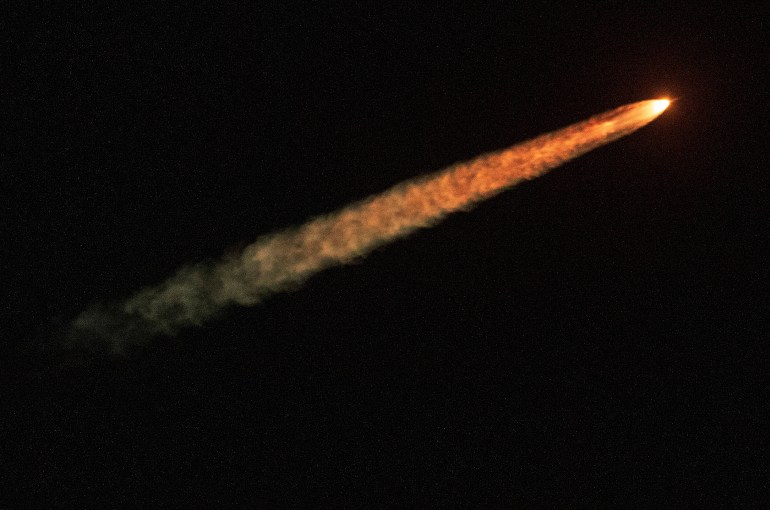11″ December “2022” AP / ALJAZEERA
NASA’s Orion capsule has splashed down in the Pacific Ocean after making an uncrewed voyage around the Moon, winding up the inaugural mission of the US space agency’s Artemis lunar programme 50 years to the day after Apollo’s final Moon landing.
The gumdrop-shaped Orion capsule, carrying a simulated crew of three mannequins wired with sensors, plunged into the ocean at 9:40am Pacific Standard Time (17:40 GMT) on Sunday off Mexico’s Baja California peninsula, executing a key demonstration of how future lunar astronauts would safely return to Earth
Its descent saw it take a 20-minute plunge at 39,400km/h (24,500 mph) into Earth’s atmosphere when it shed its service module, exposing a heatshield that reached peak temperatures of nearly 2,760 degrees Celsius (5,000 degrees Fahrenheit).
“From Tranquility Base to Taurus-Littrow to the tranquil waters of the Pacific, the latest chapter of NASA’s journey to the Moon comes to a close. Orion, back on Earth,” said Rob Navias, a NASA commentator speaking on a live stream
The return capped a 25-day mission and came less than a week after Orion passed about 127km (79 miles) above the Moon in a lunar fly-by.
About two weeks ago, the capsule reached its farthest point away in space, nearly 434,500km (270,000 miles) from Earth
Apollo 17 – The last time

Apollo’s successor programme
The Orion voyage, which launched on NASA’s new mega Moon rocket from the Kennedy Space Center on November 16, kicked off Apollo’s successor programme, Artemis.
Named after Apollo’s mythological twin sister, the project aims to return astronauts to the lunar surface this decade and establish a sustainable base there as a stepping stone to future human exploration of Mars.
By coincidence, the capsule’s return on Sunday unfolded on the 50th anniversary of the Apollo 17 Moon landing of Gene Cernan and Harrison Schmitt on December 11, 1972.
They were the last of 12 NASA astronauts – all of them white men – to walk on the Moon during a total of six Apollo missions starting in 1969.
Re-entry marked the single most critical phase of Orion’s journey, testing whether its newly designed heat shield can withstand atmospheric friction and safely protect astronauts that would be on board.
“It is our priority-one objective,” NASA’s Artemis I mission manager Mike Sarafin said at a briefing last week. “There is no arc-jet or aerothermal facility here on Earth capable of replicating hypersonic re-entry with a heat shield of this size.”

Next flight targeted for 2024
While no one was on the $4bn test flight, NASA managers were thrilled to pull off the dress rehearsal, especially after so many years of flight delays and busted budgets.
Fuel leaks and hurricanes conspired for additional postponements in late summer and autumn.
The next Orion flight around the Moon is currently targeted for 2024. Four astronauts will make the trip. That will be followed by a two-person lunar landing as early as 2025.
The programme is scheduled to send a woman and a person of colour to the Moon for the first time.
Nujoud Merancy, chief of NASA’s exploration mission office in Houston, said putting people on the next flight will “ratchet up the excitement”.“No one’s been to the Moon in my lifetime, right?” she said. “So, this is the exploration that so many of us have been dreaming about

